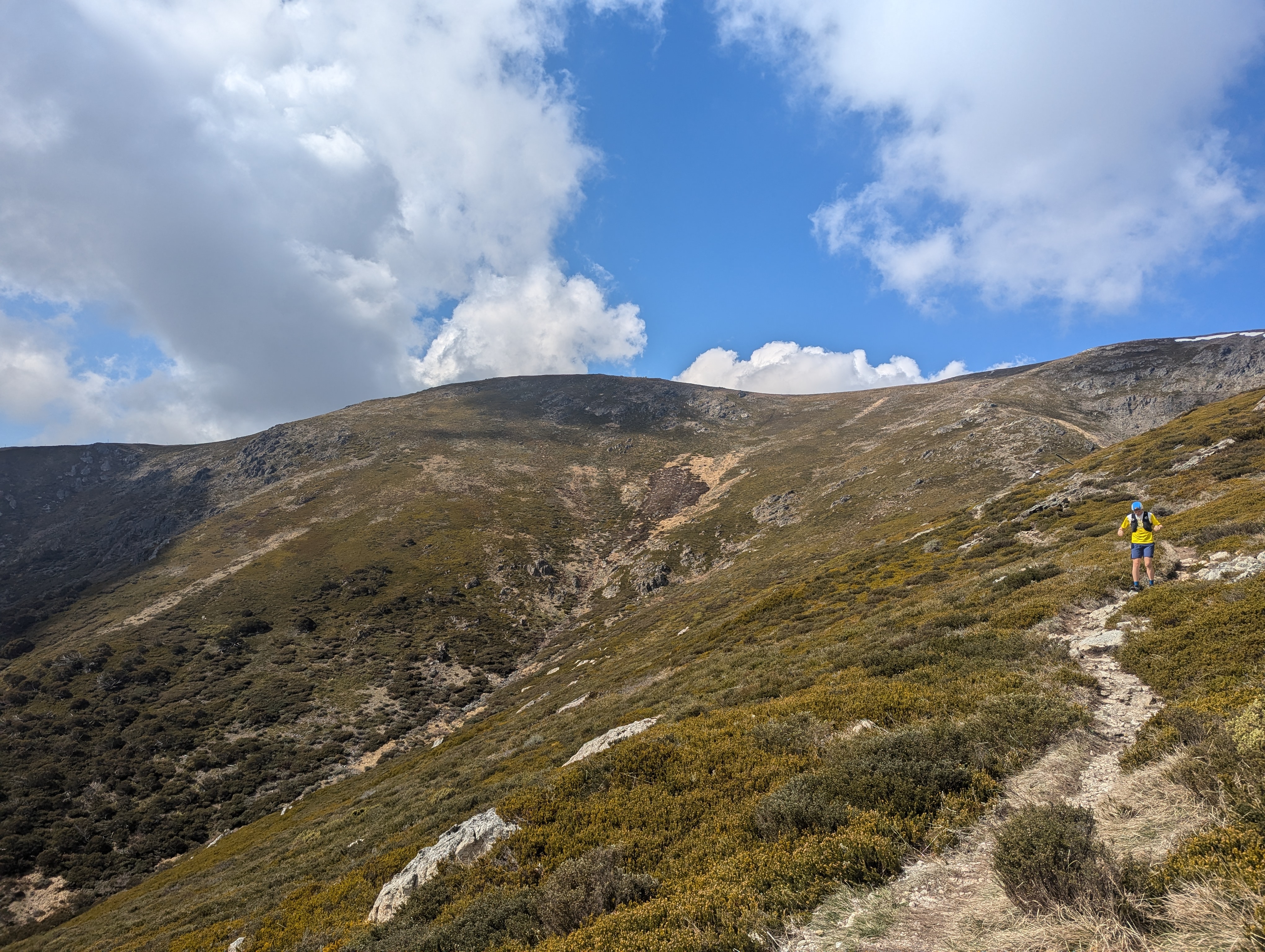Posted by Jacob Huseby on Oct 24th 2024
An American Ski Coaches Guide to Australian Wildlife
Over the years, many North Americans have made the 20+ hour flight to Australia for the Southern Hemisphere winter to coach XC skiing, myself included. While I’m the latest, and plan to return for the following season to continue working with the National Team, I am certain I won’t be the last coach to journey down under. While Australian culture isn’t dramatically different from North America, the flora and fauna are in stark contrast to what is found in the Northern Hemisphere. The continent is dominated by marsupials, the birds are fat and noisy, and the snakes and spiders are more venomous. For coaches and individuals seeking their own endless winter by traveling south, here’s my quick guide to some of the Animals you may encounter while on your way to the snow.
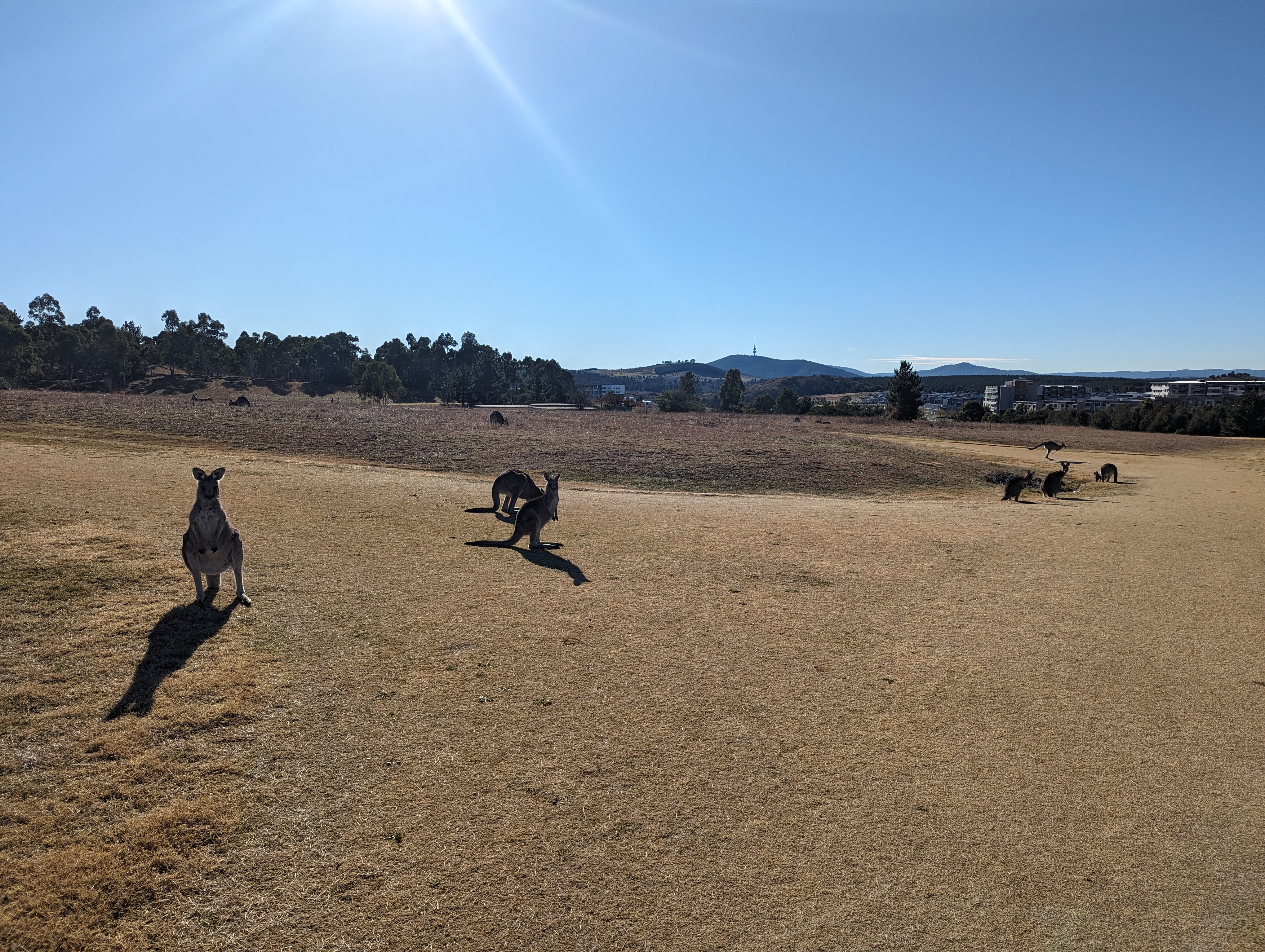
Kangaroos
A national icon to many, and to some, a pest. The kangaroo serves as a national icon in part due to their abundance, and their inability to move backwards (always forward!). You may encounter roo’s most often on the road at dawn and dusk, or while out for a run or rollerski.
Kangaroos present a much greater road hazard than your Northwoods Wisconsin deer, in part due to their movement patterns. Instead of moving in a predictable gallop, where you can see the deer make its way across the road, the kangaroo’s hop and preferred time of day makes them a road hazard while driving in the wee hours. One moment they are not on the road, and then instantly they are in the middle of it. This unpredictable pattern of movement, especially for the untrained North American eyes, means that you must be on high alert when they are around.
While running, the kangaroos will pay you little mind unless you disturb their space. While generally chill, there are a few video examples of kangaroos getting into boxing matches with Aussies. While far from dangerous, you should be aware to not disturb the roos, and admire them from a safe distance, as they are pretty magnificent creatures.

Wombats
Adorable lumps of fat and fur, they love to scratch their butts on trees, and park themselves in the middle of the road at night. While they may seem chunky and adorable, they guys can travel up to 25 mph (about 40km/h), and they really only come out at night. For the American skier abroad, you’ll really only encounter these guys at a wildlife park or zoo, but mostly in the middle of the road when you are driving home at night. Without exaggeration, these guys are like little dense moving stones that will wreck the front of your car if you lose focus for a moment. For your enjoyment, here’s a video of a young wombat scratching itself on a hiker's poles. Cute, iconic, just please be careful when driving at night!
Cute Wombat Twerks On Hiker's Poles To Scratch Butt

Magpies
While I speak with respect for most wildlife, I have none for the magpie. These terrors of the sky are known for one thing: swooping. While out roller skiing, you will see many cyclists wearing zip ties or spikes on their bicycle helmets. This is to deter getting swooped by a magpie while recreating. For you, the American skier, they primarily swoop in the springtime, August to September. Always wear a helmet and sunnies while out for a rollerski. I mostly saw these guys in Canberra and Mt. Beauty, never had to worry about them while on snow.
Australian boy's magpie attack caught on camera | 7NEWS
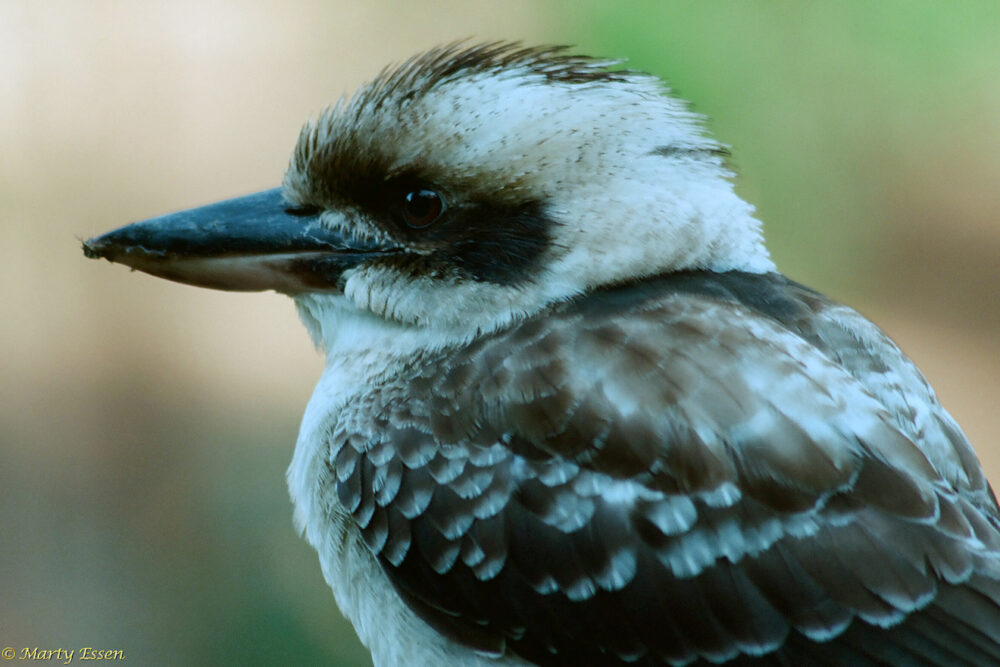
Kookaburras
Merry merry king of the bush is he! Their name is an onomatopoeia of their distinct call. If you find yourself staying in Mt. Beauty, you will either be awoken by the sun, your alarm clock, or the sound of kookaburra in gum trees. When I mention Australian birds being fat and noisy, the Kookaburra is first on the list. Cute, with a short, sharp beak and a thick forehead and crown.
The Kookaburra Call - A.K.A. The Kookaburra Laughing
Kookaburra Sits in the Old Gumtree

Parrots & Cockatoos
These guys also fall under the category of fat and noisy, there are many varieties and they are nearly all bright and colorful with either mohawks, or stunning feathers. Often on my door in the morning I’d encounter a half dozen of these guys sitting on the fence. They are very chill, you can walk right up to them to get a closer look and they probably won’t bother you as long as you don’t bother them. If you’re staying with some locals, they may put out some birdseed to attract them to the garden for some company for afternoon tea.
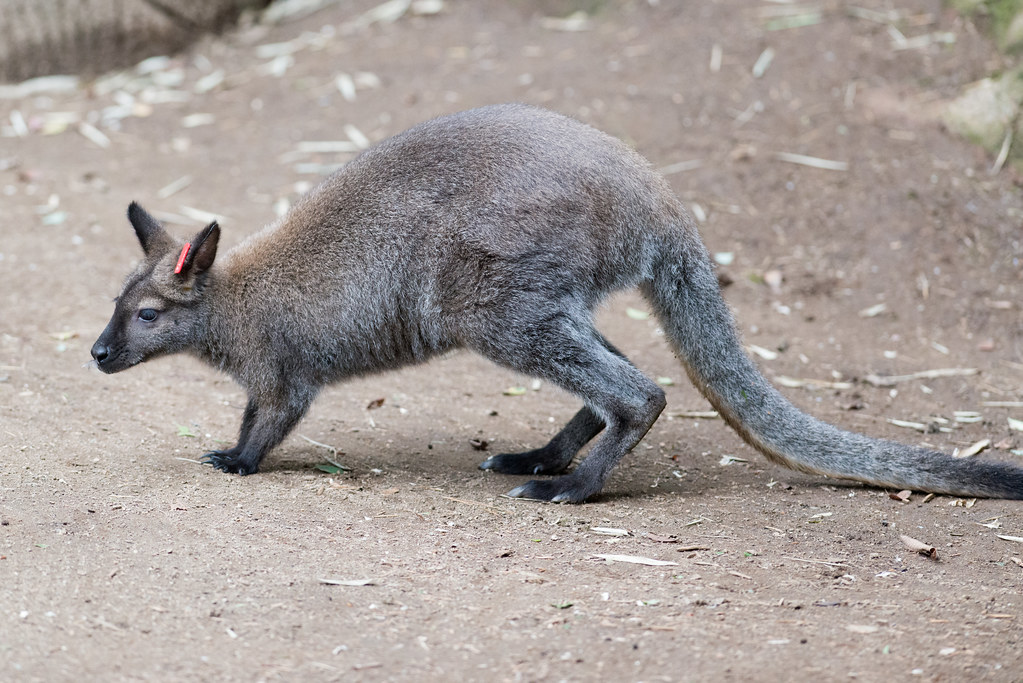
Wallabies
Not Kangaroos! While also marsupials, wallabies may appear to be young kangaroos to the untrained eye, but are a completely different animal. They are usually half the size of kangaroos or smaller, typically have muted coloring but with distinct patterns, travel in smaller groups than kangaroos, grind up grass with their teeth instead of slice grass with their teeth, and live about half as long.
If you are in Australia for skiing, you will either be in Victoria, or New South Wales. Wallabies are not common here, they are typically found in Tasmania, or South Australia (the state). However, we did encounter some wallabies at Big Hill Mountain bike park in Mt. Beauty while out trail running. For your experience as a skier abroad, you can play a game with your hosts while out running: is that a wallaby or a kangaroo?
Kangaroo Cousins: Hopping with Wallabies in the Outback 360 VR
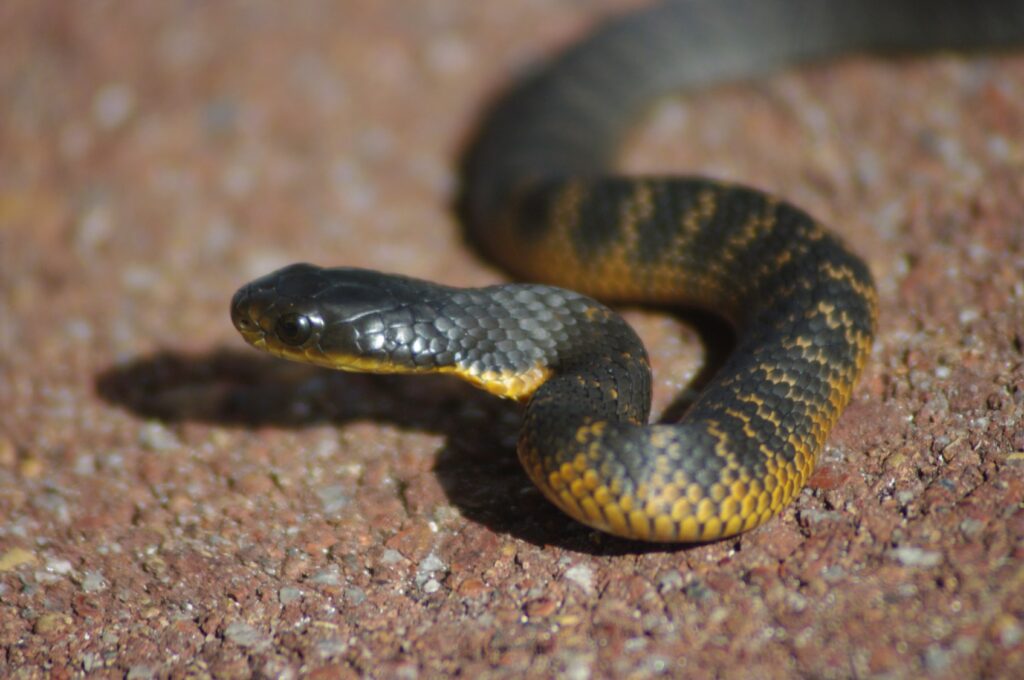
Tiger Snakes
The fifth most venomous snake in the world. In Australian schools, as part of doing their outdoor education, everyone learns how to use a snake bandage and for some events, participants are required to carry a snake bandage. A snake bandage is meant to apply pressure and immobilize the part of the body where you were bit. If you are bit, the only answer is to lower your heart rate, relax, bandage up, and figure out how to get to a hospital without moving too much blood around. While in Australia, I encountered tiger snakes twice. Once while running (more like hiking) up Mt. Bogong, and the other just outside of Studley park in Melbourne. In both instances, we left the snake alone and it didn’t bother us.
How to Apply the SMART Snake Bandage
Conclusion
Listen, not everything in Australia is trying to kill you, despite the memes that went around a few years ago. Yeah, tiger snake venom is scary and nobody wants to wreck their car while driving at night on a wombat. However, these are still relatively uncommon occurrences. Australia is home to a lot of incredible natural beauty, from the rolling hills, the distinct trees and ferns, and of course the venerable roo’. As a guide, these are just the most common things you may have mentioned to you as a guest while you are abroad, and as long as you proceed with appropriate care, you’ll have a great time.
